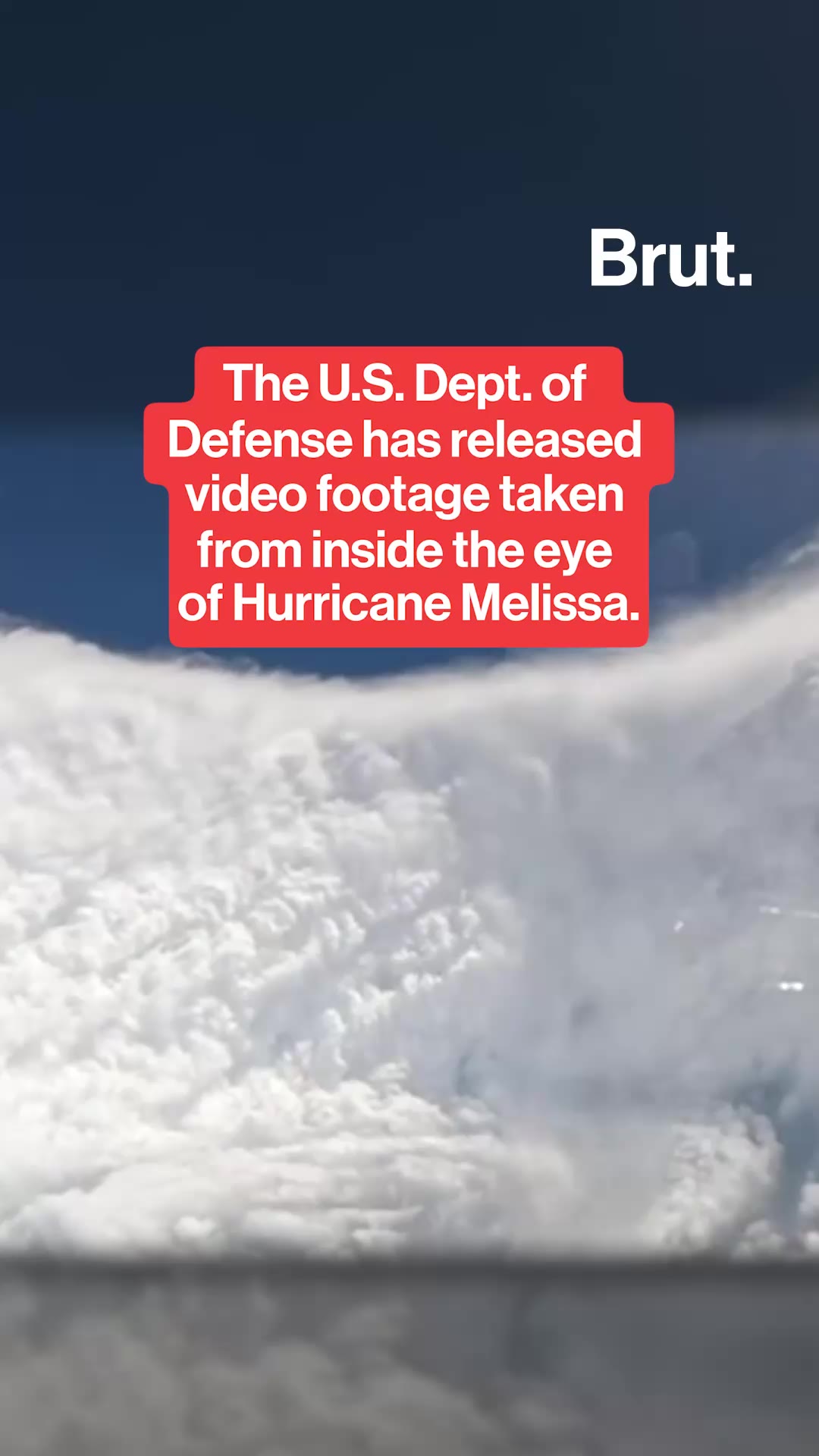Half of all sandy beaches at risk
What’s happening to them?
Beaches represent more than a third of the world’s coastlines. But before being tourism and leisure destinations for humans, sandy beaches act as natural buffers that protect the coast from storms, from cyclones, and from floods. They are also home to many animals and plant species. However, around the world, half of these beaches could disappear by the year 2100 because of erosion. On top of that, CNN reports that the Trump administration has been reducing many protective environmental laws by rescinding the Clean Water Act and downsizing areas of protected public land for drilling and other fossil fuel development.
The impact on beaches, however, is directly due to human constructions on the coastlines that retain the sediment that the beaches need to form and regenerate. But other culprits include rising sea levels and extreme weather events, phenomena exacerbated by global warming. Among the most affected countries: Australia, which could lose nearly 15,000 km of beaches, and the United Kingdom, whose sandy coastline could shrink by 30%. Without these sandy beaches as protection, millions of beachside homes and buildings could be more vulnerable to tsunamis, intense storms, and flooding in general.
What can we do?
However, the worst could be avoided if countries manage to maintain global warming below 2°C, erosion would be reduced by 40%. Beach restoration is when sand is removed from an offshore or upland area and added to beaches where sand has been lost. That way the shoreline can be sustained physically. As for saving wildlife, be sure to collect any and all litter seen on the beach including plastic and rope. Often, they are mistaken for food and ingested by birds and other creatures, causing death. With enough conservation efforts, including environmental policy, we can save our beaches from disappearing.
Brut.
Half of all sandy beaches at risk
What’s happening to them?
Beaches represent more than a third of the world’s coastlines. But before being tourism and leisure destinations for humans, sandy beaches act as natural buffers that protect the coast from storms, from cyclones, and from floods. They are also home to many animals and plant species. However, around the world, half of these beaches could disappear by the year 2100 because of erosion. On top of that, CNN reports that the Trump administration has been reducing many protective environmental laws by rescinding the Clean Water Act and downsizing areas of protected public land for drilling and other fossil fuel development.
The impact on beaches, however, is directly due to human constructions on the coastlines that retain the sediment that the beaches need to form and regenerate. But other culprits include rising sea levels and extreme weather events, phenomena exacerbated by global warming. Among the most affected countries: Australia, which could lose nearly 15,000 km of beaches, and the United Kingdom, whose sandy coastline could shrink by 30%. Without these sandy beaches as protection, millions of beachside homes and buildings could be more vulnerable to tsunamis, intense storms, and flooding in general.
What can we do?
However, the worst could be avoided if countries manage to maintain global warming below 2°C, erosion would be reduced by 40%. Beach restoration is when sand is removed from an offshore or upland area and added to beaches where sand has been lost. That way the shoreline can be sustained physically. As for saving wildlife, be sure to collect any and all litter seen on the beach including plastic and rope. Often, they are mistaken for food and ingested by birds and other creatures, causing death. With enough conservation efforts, including environmental policy, we can save our beaches from disappearing.
Brut.













